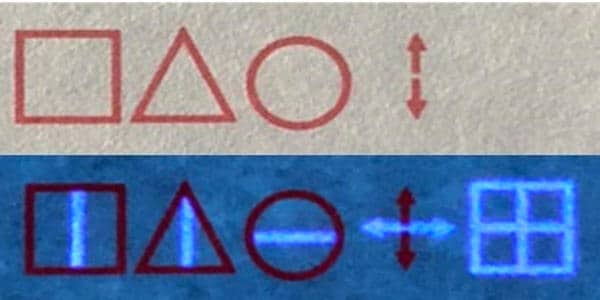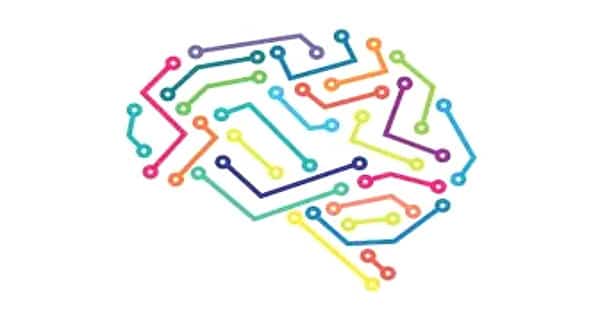The scientists created carbon nanoparticles from citric acid and cysteine, which they then diluted with water to create an invisible ink that turned blue when exposed to UV light. The team loaded the solution into an ink cartridge and used an inkjet printer to print a series of simple symbols onto paper. They then trained an AI model made up of multiple algorithms to recognize UV-illuminated symbols and decode them using a special codebook. Finally, they put the AI model to the test by having it decode messages printed with a combination of regular red ink and UV fluorescent ink.
Coded messages in invisible ink may sound like something out of a spy novel, but they can serve important security purposes in real life. They can, however, be cracked if their encryption is predictable. Researchers have now printed complexly encoded data with regular ink and a carbon nanoparticle-based invisible ink, revealing the correct messages with UV light and a computer that has been taught the code.
Coded messages in invisible ink may sound like something out of a spy novel, but they can serve important security purposes in real life. They can, however, be cracked if their encryption is predictable. Researchers have now printed complexly encoded data with normal ink and a carbon nanoparticle-based invisible ink, requiring both UV light and a computer that has been taught the code to reveal the correct messages, as reported in ACS Applied Materials & Interfaces.
Coded messages in invisible ink sound like something only found in espionage books, but in real life, they can have important security purposes. Yet, they can be cracked if their encryption is predictable.
Even as electronic records become more common, paper is still a popular way to store data. Although invisible ink can conceal sensitive economic, commercial, or military information from prying eyes, many popular inks contain toxic compounds or can be detected using predictable methods such as light, heat, or chemicals. Carbon nanoparticles, which are non-toxic, can be virtually invisible in normal lighting but produce vibrant images when exposed to ultraviolet (UV) light – a modern take on invisible ink.
Furthermore, advances in artificial intelligence (AI) models – created by networks of processing algorithms that learn how to handle complex information – can ensure that messages can only be deciphered by properly trained computers. So Weiwei Zhao, Kang Li, Jie Xu, and colleagues set out to train an AI model to recognize and decrypt symbols printed in fluorescent carbon nanoparticle ink, which reveals hidden messages when exposed to UV light.

Because the algorithms can detect minute changes in symbols, the researchers believe they could be used for secure encryption with hundreds of unpredictable symbols.
The AI model correctly read the regular ink symbols as “STOP,” but when a UV light was shone on the writing, the invisible ink displayed the desired message “BEGIN.” Because these algorithms can detect minute changes in symbols, the researchers believe this approach has the potential to securely encrypt messages using hundreds of different unpredictable symbols.
The scientists created carbon nanoparticles from citric acid and cysteine, which they then diluted with water to create an invisible ink that turned blue when exposed to UV light. The team loaded the solution into an ink cartridge and used an inkjet printer to print a series of simple symbols onto paper. They then trained an AI model made up of multiple algorithms to recognize UV-illuminated symbols and decode them using a special codebook.
Finally, they put the AI model to the test by having it decode messages printed with a combination of regular red ink and UV fluorescent ink. The AI model correctly read the regular ink symbols as “STOP,” but when a UV light was shone on the writing, the invisible ink displayed the desired message “BEGIN.” Because these algorithms can detect minute changes in symbols, the researchers believe this approach has the potential to securely encrypt messages using hundreds of different unpredictable symbols.














